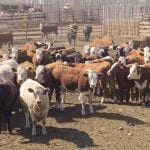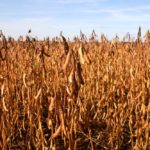MarketsFarm — Monthly supply/demand data from the U.S. Department of Agriculture were supportive for soybean prices but bearish for corn and wheat, with adjustments to yields and harvested acres providing a number of surprises. Corn futures saw the largest immediate reaction at the Chicago Board of Trade, as average yields were unexpectedly raised to 168.4












